The Redmi Note 9 Pro is the latest smartphone from Xiaomi in India under the extremely popular Note series. The new Note 9 Pro comes with a quad camera set up with a 48MP primary camera and also a 16MP selfie camera. So lets dive deep into the camera to see how it performs, here is the detailed Redmi Note 9 Pro Camera Review.
Hardware:
In terms of camera hardware, it sports a quad rear camera with 48MP primary Camera with F/1.79 with Samsung’s new ISOCELL GM2 sensor, you also get an 8MP Ultra Wide-angle Lens and 2MP depth sensor and an upgraded 5MP macro sensor. There is also LED flash included.
The front camera is an 16MP camera with a f/2.2 aperture. So lets find out how the camera performs.
Video Recording:
First lets have a look at the video quality. The phone can shoot 4K videos in 30fps and the quality looks good. It has good colors and video is crisp with details, but unfortunately there is no EIS available for 4K and hence you will have to depend more on 1080p at 30fps with EIS. Here again the quality is good with colors and details. The stabilization is also very good and you get a good footage. There is also 1080p at 60fps which again does not support EIS. Another option is to shoot in 1080p with movie mode where you get the 21:9 aspect ratio for videos. There is also EIS support for movie mode.
The phone also packs an 8MP ultra wide angle camera and the video quality is quite average. The sharpness levels are average and colors also looks a bit dull. But you do get EIS for the 1080p resolution ultra wide angle camera.
The phone can also record macro videos in 1080p resolution with 5MP lens and this is probably the best macro lens in this price segment.
One of the important features of Redmi Note 9 pro is that it comes with Pro mode in video recording, which means you can control ISO, white balance, shutter speed and focusing which is seldom available even in flagship smartphones.
The phone also can record slo motion videos in 960fps, 240fps and 120fps. You can check the video quality in our review (link).
Photos:
Moving to the photos,the daylight shots taken with the 48MP camera came out well. This is probably the first smartphone with Samsung’s GM2 sensor. The colors are vivid and the sharpness levels are impressive. The phone also has the tendency to saturate a bit especially in sky colors. Also, the images have a warmer tones which is predominant on most Xiaomi smartphones. There is good amount of details even when you zoom into the pictures. There is also dedicated 48MP mode, which takes images in higher resolution but we did not see any major differences here. There is auto HDR mode available and the dynamic range is very good and it resolves shadows very well.
The 8MP ultra wide angle shots came out pretty decent. While it is not as good as primary camera, it is still usable. If you look at the regular shots and ultra wide angle shots, you can see that colors are a bit muted on ultra wide angle lens.
There is also a pro color mode in the camera UI which makes the photos vivid and colors to pop out. This is basically useful for those social media posts and they are richer in color tones. You can see side by side the regular mode and pro color mode.
The close up shots taken with the camera was good and it had good details, great sharpness and good color reproduction. The focusing speed was also quite good and we did not have any issues here. The phone has an upgraded 5MP macro sensor available and this is probably the best macro sensor you will find on a smartphone in this price segment. It has great details and sharpness levels.
Moving to portrait shots, we felt that portraits are really good. Xiaomi has been a master in getting great portraits out of their note series and note 9 pro is no exception. You can bright looking portraits with excellent edge detection too. The skin tones are good and the sharpness levels are also impressive.
The phone also comes with movie mode in portraits which gives you some excellent looking cinematic portraits.
Next moving to low light captures. With f/1.79 aperture, Samsung claims that the new ISOCELL GM2 sensor can take better low light pictures. In case of Redmi Note 9 pro we felt that the photos taken in low light came out decent and not the best we have seen on a note device from Xiaomi. The details aren’t bad and there is noise reduction in place but the overall clarity was probably above average. There is also night mode on offer, which definitely brings in more details and sharper images. But having reviewed all the note series phones from Xiaomi, low light performance on the note 9 pro was a slightly disappointing one. We expect Xiaomi to work on it.
Selfie camera:
Moving to selfie camera, the 16MP shooter can shoot some really good selfies with excellent details, sharpness and colors. The dynamic range is also very good. The skin tones are good and so is the sharpness. We turned off the beauty mode since we like selfies without beauty. Since selfies are more of personal choice you can judge based on the clarity. The phone also comes with portrait mode and here again the edge detection is good. Overall, the selfie experience is good on the Redmi Note 9 Pro.
Another feature of the Redmi Note 9 pro is that it has slow motion recording even for selfie camera which is at 720p resolution and 120fps.
Verdict:
So that was the detailed Redmi Note 9 Pro Camera Review. So summing up, how good is the Redmi note 9 pro in terms of camera? The Redmi Note 9 Pro with the new Samsung’s GM2 sensor does well in daylight, close up, macros, portrait, video recording and also selfie camera. There isn’t much to complain except for the low light experience which we feel should have been a tad better. Knowing Xiaomi, we expect them to release an update soon to fix the issue. The ultra wide angle camera also needs a bit of improvement.




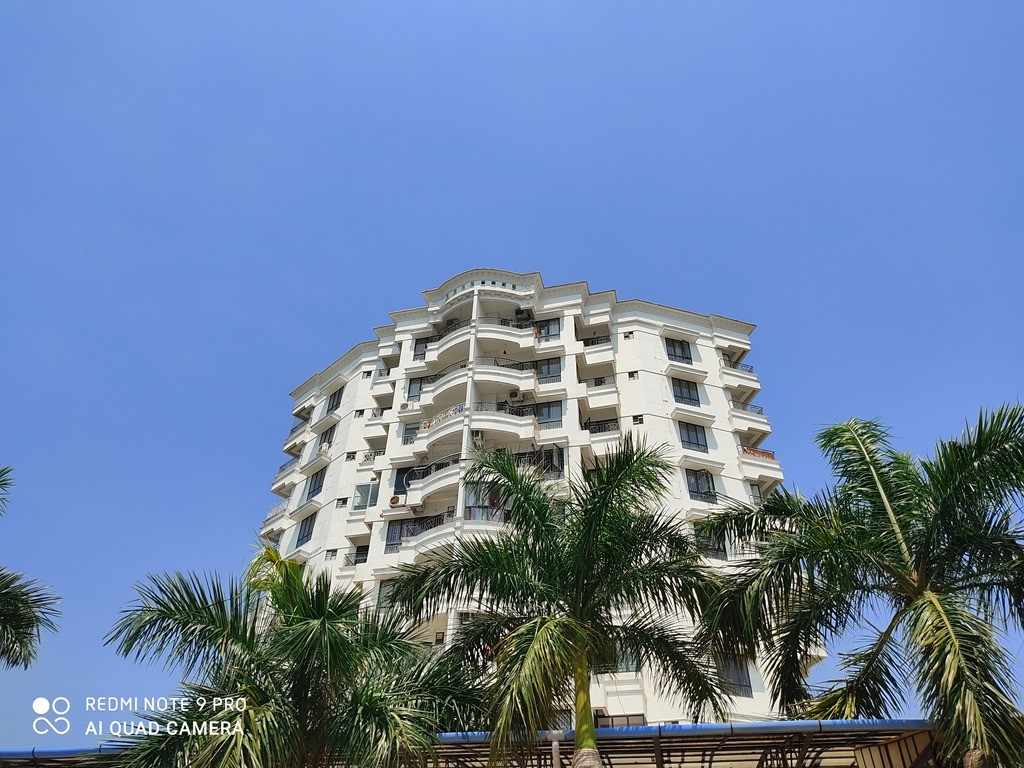
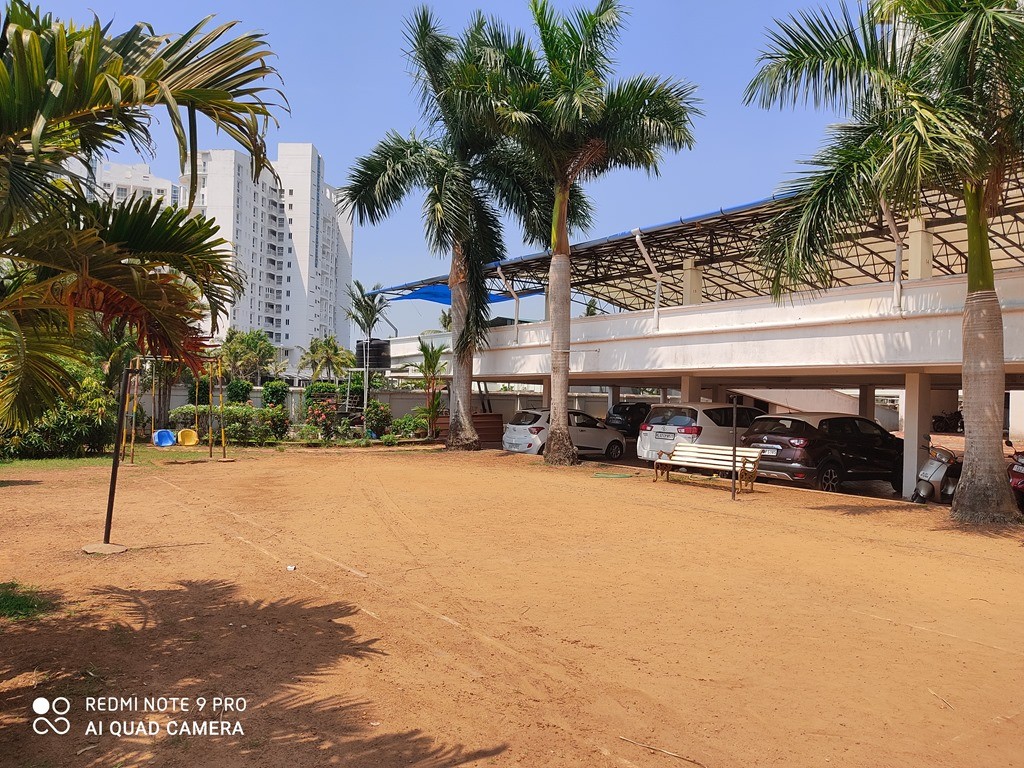



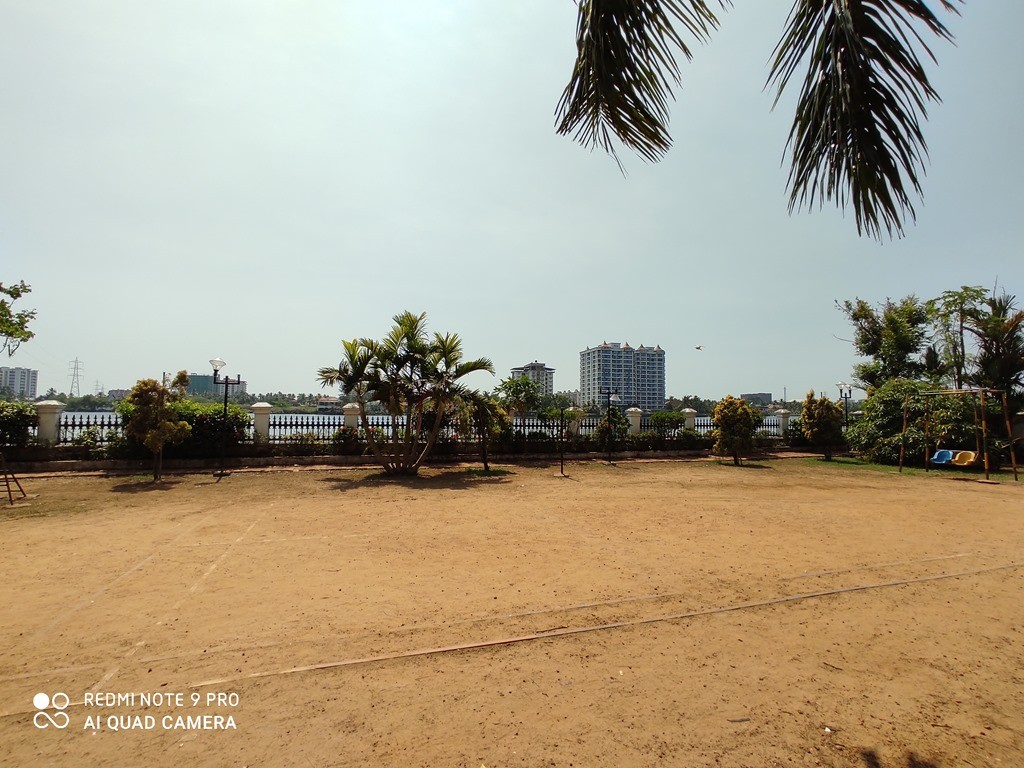
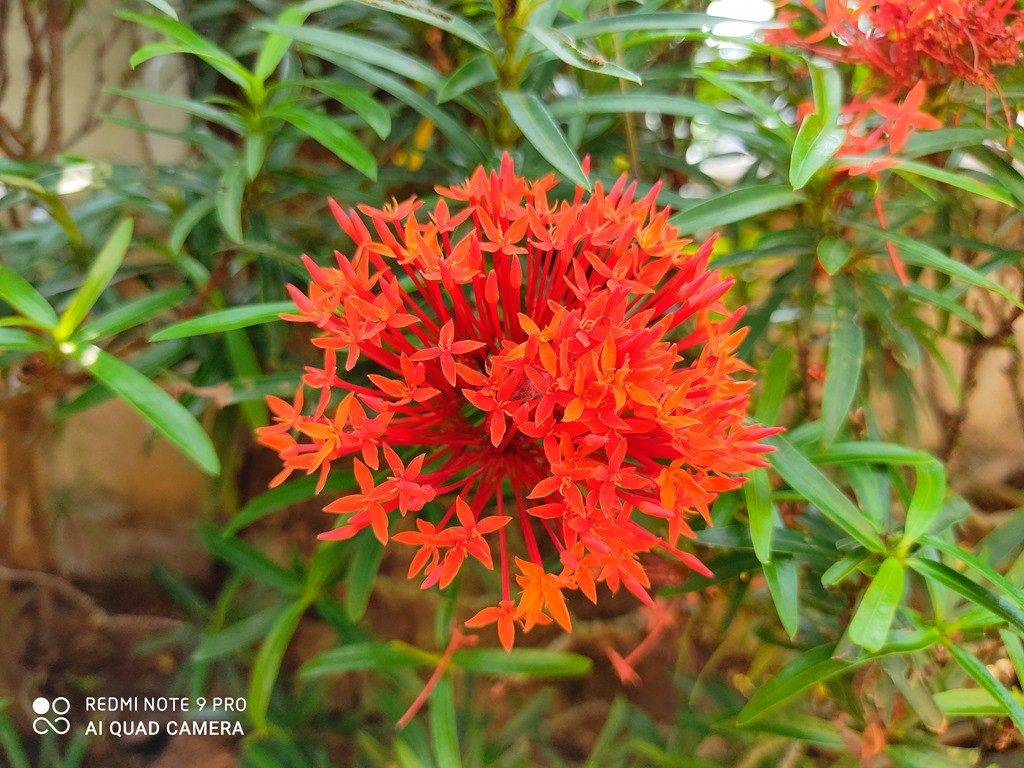
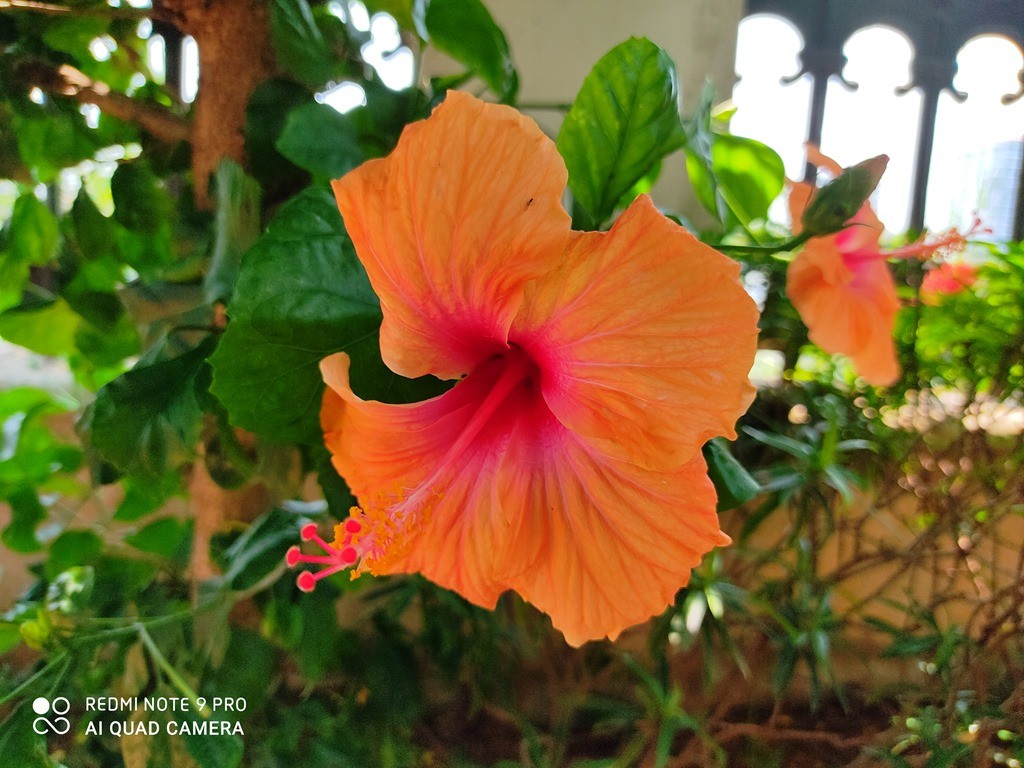
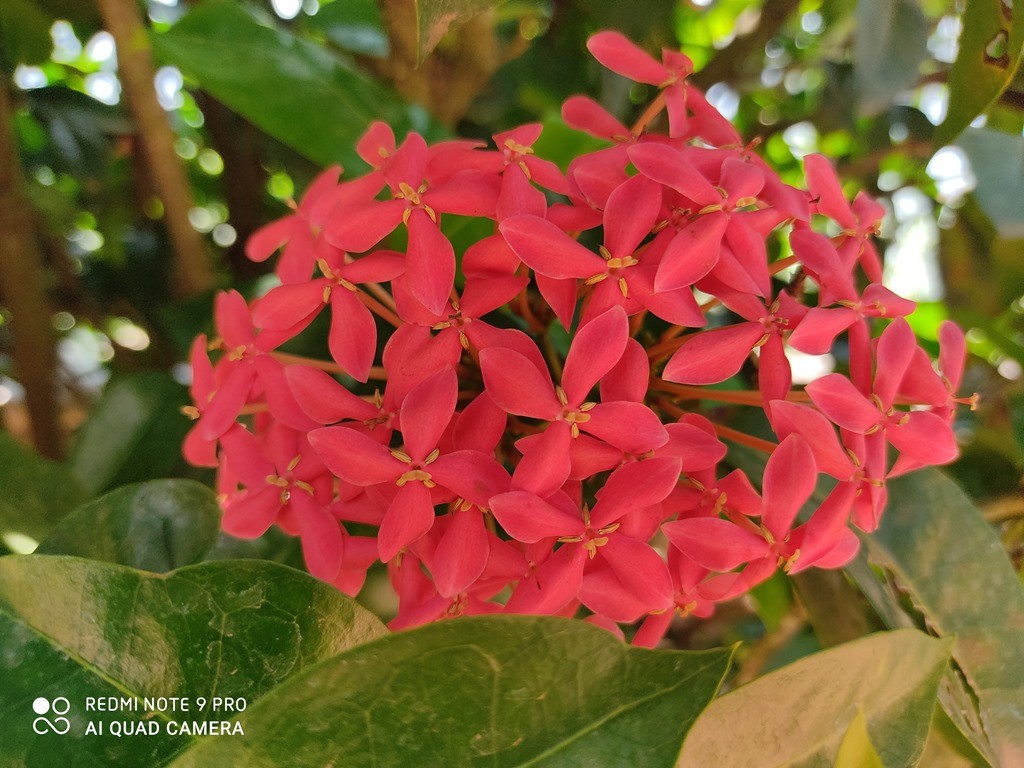

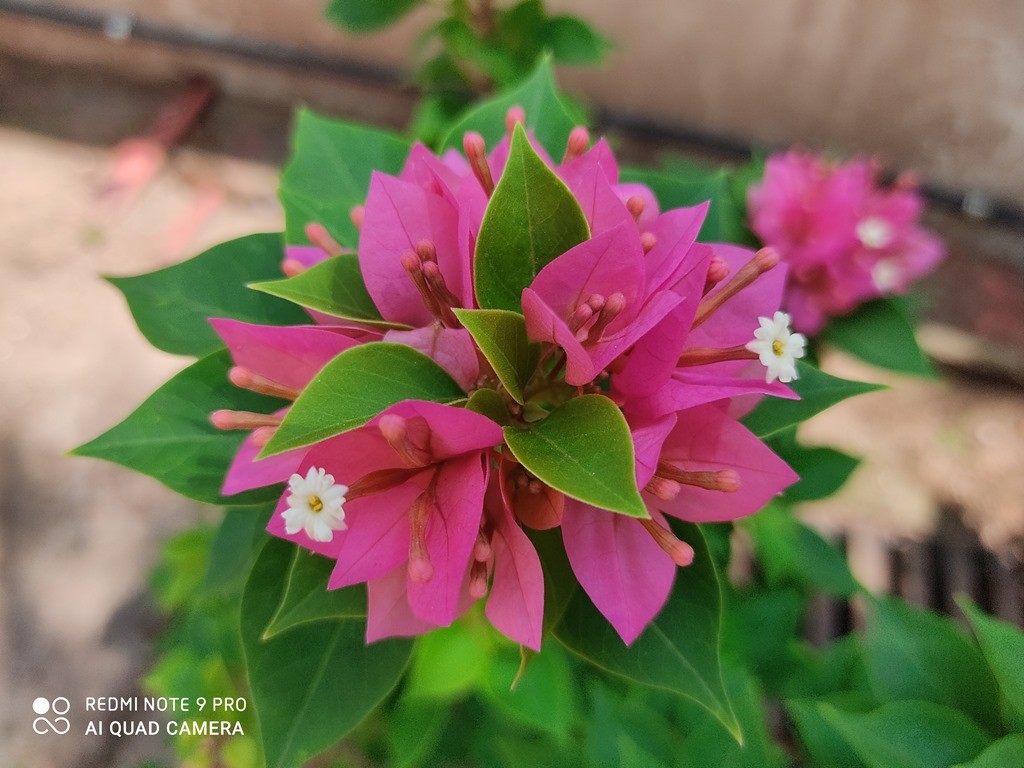

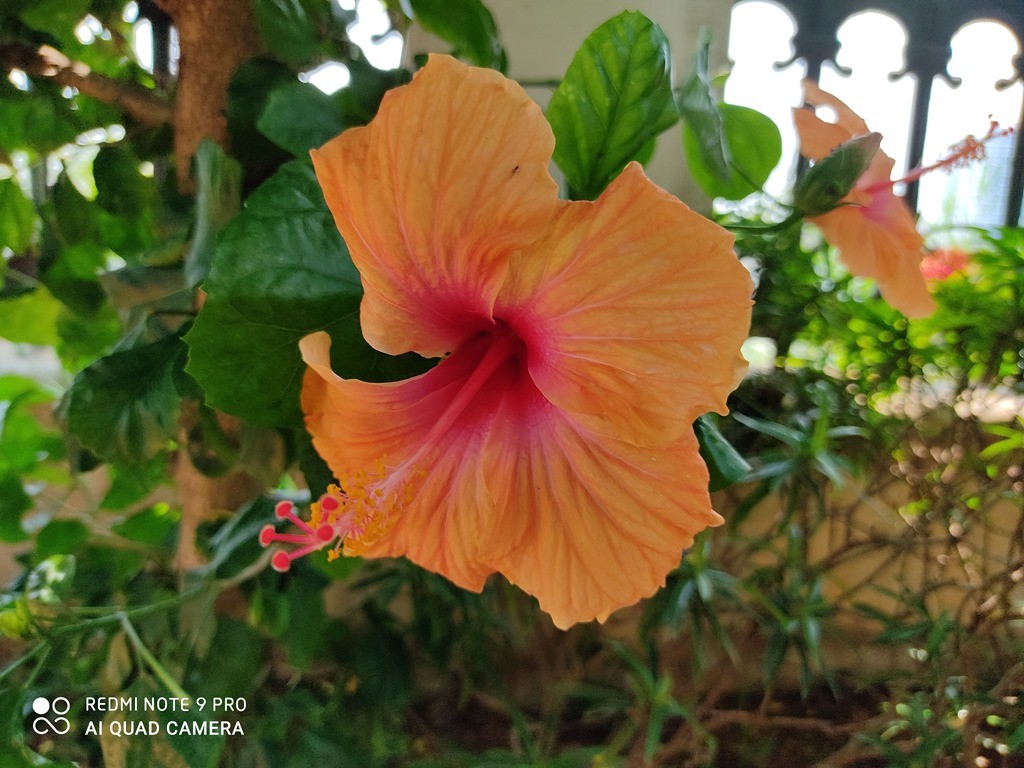



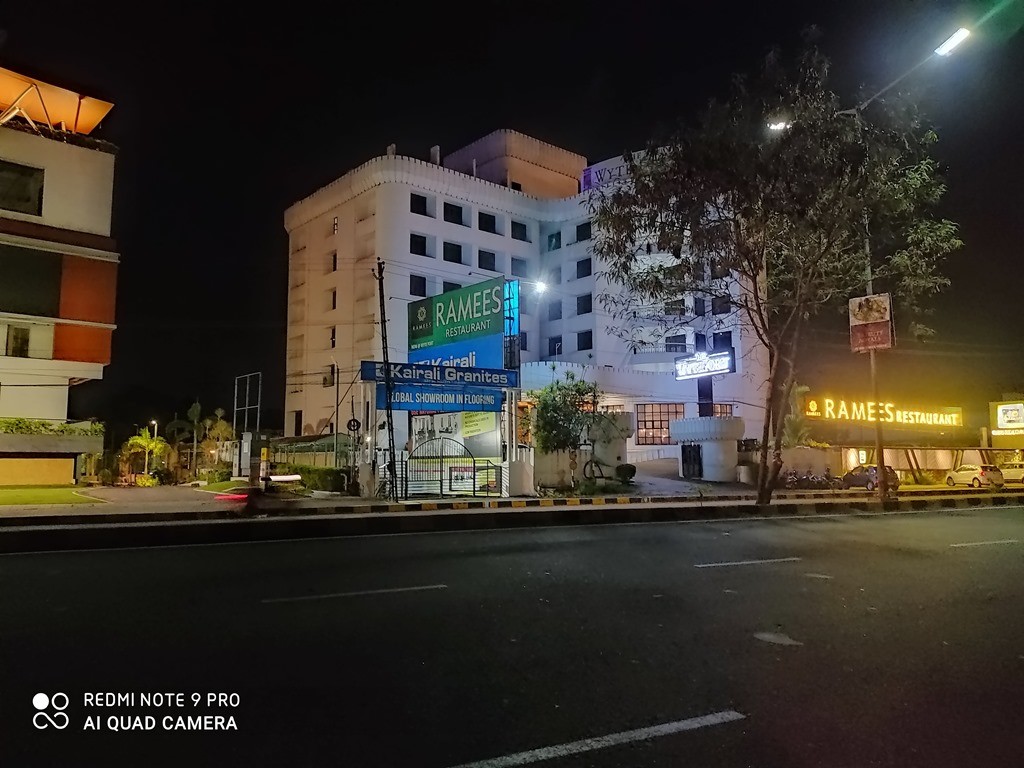
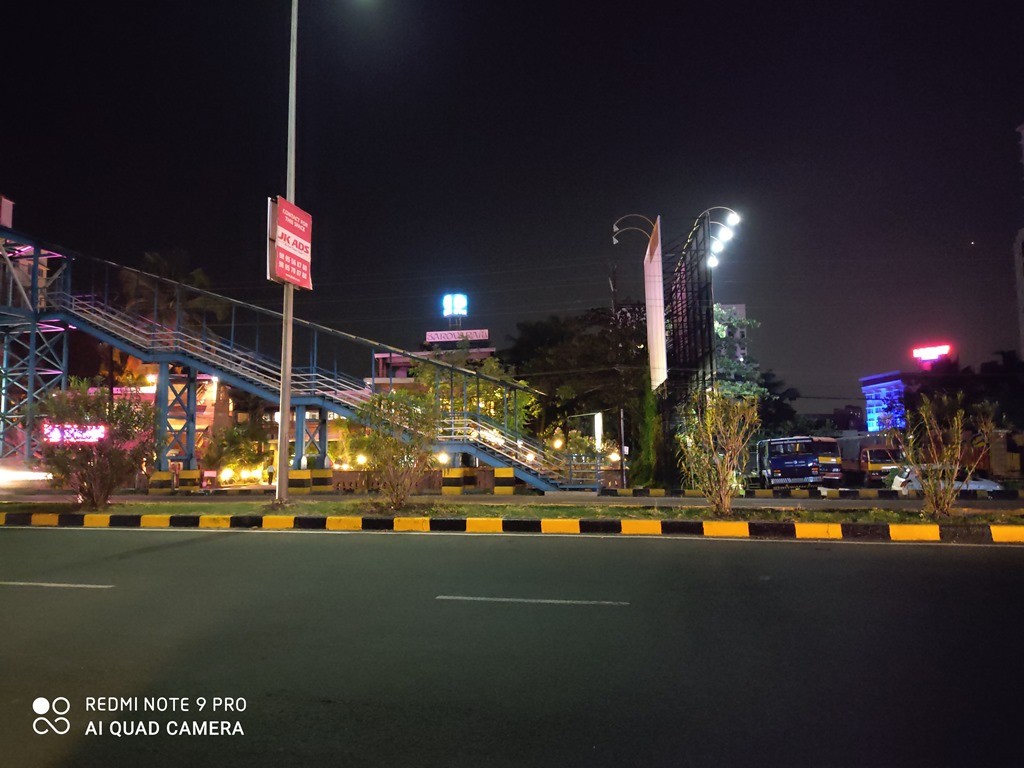
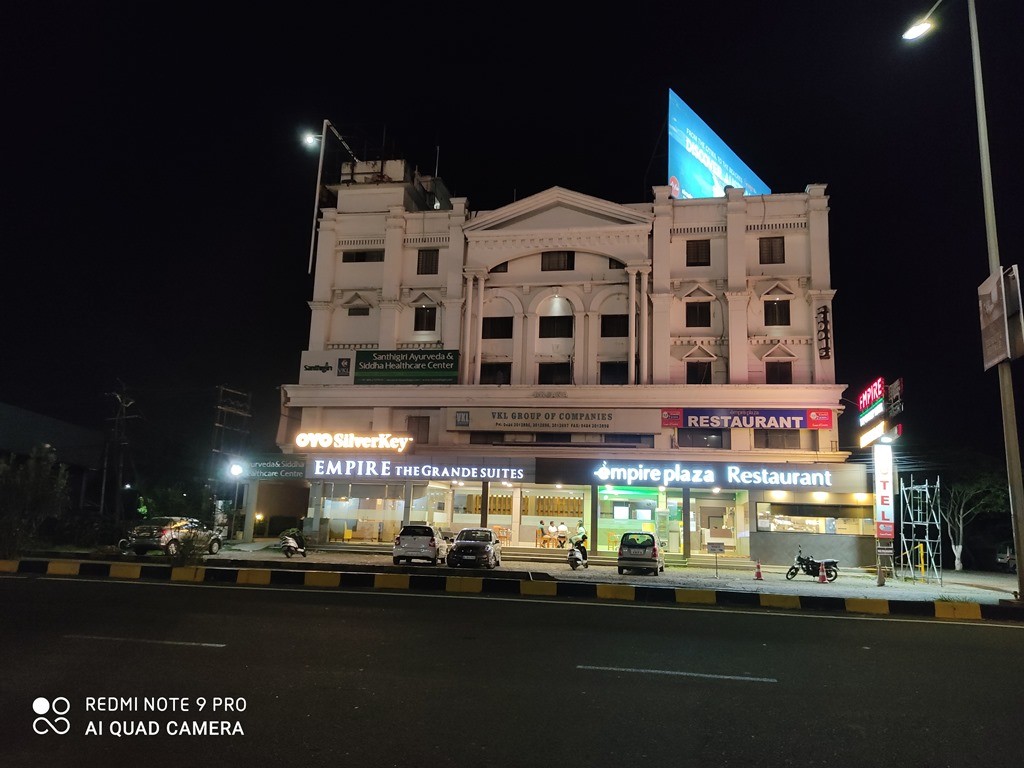
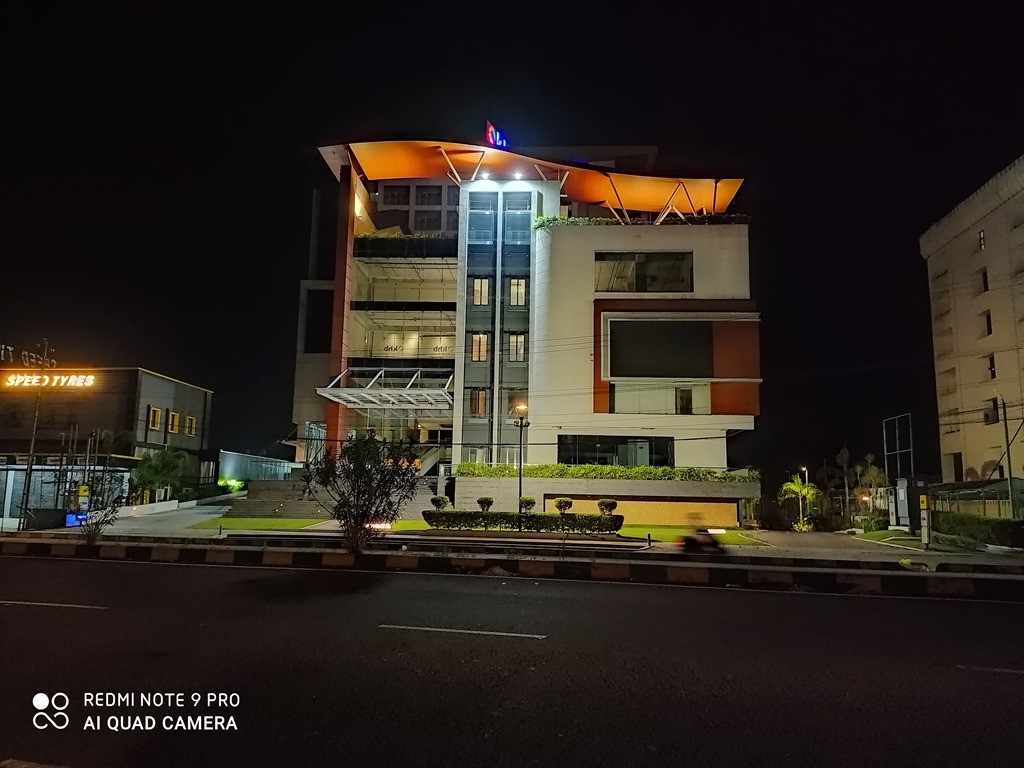



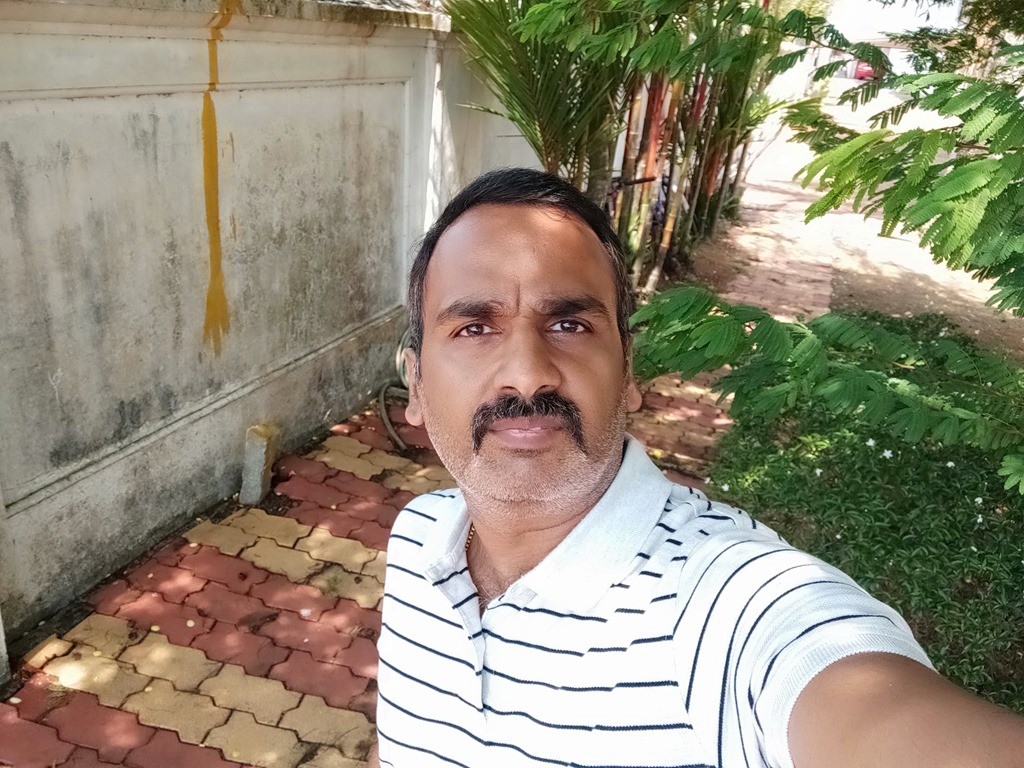
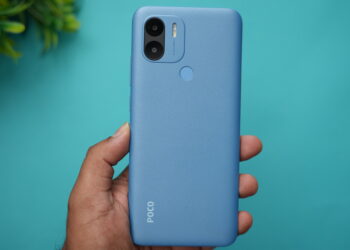

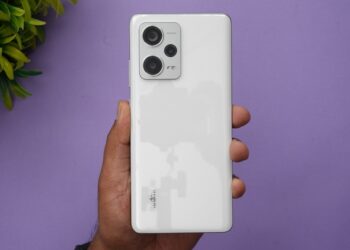
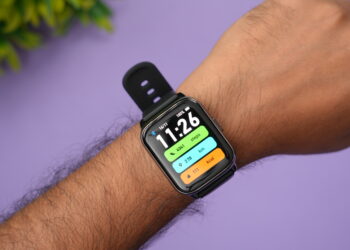
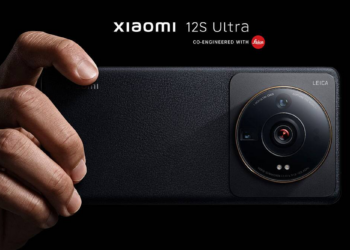

Nice & detailed review.